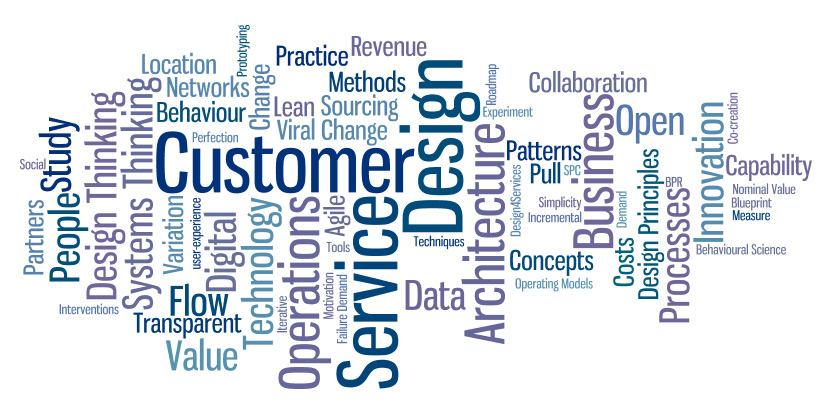Service Blueprints – Going Beyond Customer Journey Maps
Where customer journey maps define your customers – prospects through advocates – touch points with your brand, products and services; service blueprints define the the behind-the-scenes people, processes and technology that supports that journey. Where creating a customer journey maps requires you to “walk in the shoes” of your customer and see your organization through … Read more





